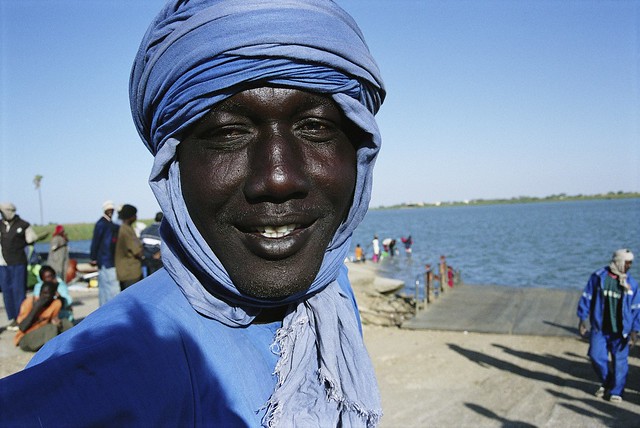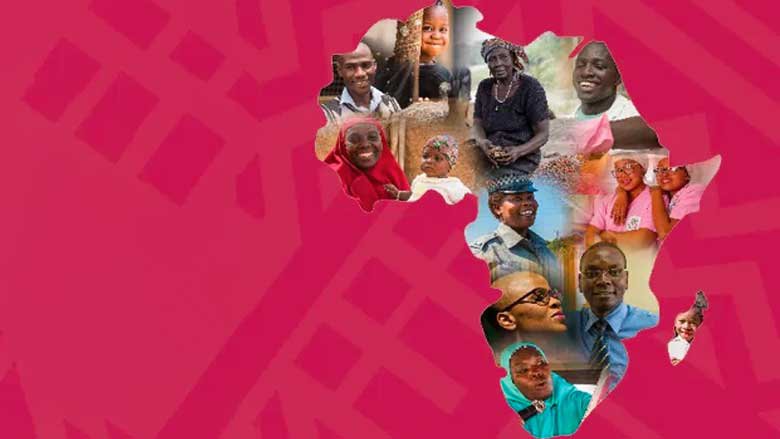木瓜影院?Zambia Country?Partnership Framework?(CPF) FY25-29 supports the government in achieving its development goals and is closely aligned with the government’s??and?. The Zambia CPF FY25-29 was endorsed by the Board on October 8, 2024. Given the key development challenges, the WBG’s comparative advantage, and lessons learned from the previous CPF’s implementation, the new CPF will reinforce the importance of the private sector, good governance, and resilience and will focus on results in the following areas:
More and Better Jobs – Improving the business environment for private investment and improving connectivity and increasing energy access.
Improving Human Capital – Improving education, skills and health outcomes for the future labor force, and improving targeting and effectiveness of social Pprotection.
Enhancing Climate Resilience – improving natural resources management and climate-smart agriculture and enhancing climate risk management systems and financing.
The CPF will also have two cross-cutting priorities: More efficient, transparent, and accountable institutions, and promoting gender equality and inclusiveness. The CPF is now operational throughout all financing and ASA activities with a renewed focus on Evolution principles of efficiency and results.
Zambia ranks among the countries with highest levels of poverty and inequality globally. More than 58% (2015) of Zambia’s 19.5 million people earn less than the international poverty line of $1.90 per day (compared to 41% across Sub-Saharan Africa) and three quarters of the poor live in rural areas. World Bank support to Zambia commenced in 1955, well before it attained its independence in 1964.
As of September 2024, the current World Bank portfolio in Zambia is comprised of 17 national projects, one trust fund and five regional projects with a total commitment of $3.2 billion. The portfolio covers the following sectors: Agriculture, Education, Energy, Environment, Finance & Private Sector, Governance, Health, Macroeconomics, Social Protection, Transport, and Water.
International Finance Corporation (IFC)
IFC’s investment and advisory portfolio in Zambia currently stands at $116.4 million and covers agribusiness, energy, manufacturing, retail and tourism property, the financial sector, and the telecom sectors.
IFC’s approach for Zambia is in line with the joint WBG strategy, as it promotes sustainable private sector development by improving the investment climate, supporting small and medium enterprises (SMEs), and proactively engaging in the development of key sectors such as infrastructure, agribusiness, and financial services. In agriculture, IFC is providing support to commercial agribusiness operations which support smallholder farmers along their value chains and contribute to national food security. In infrastructure, the focus has been on digital and renewable energy through the Scaling Solar initiative. and other planned Independent Power Projects (IPP).
In the financial sector, IFC provides financing facilities to financial institutions providing support to SMES focusing on women-owned SMEs and advisory support to improve the credit infrastructure and increase access to finance for SMEs by promoting the use of movable collateral and establishing credit reporting programs that support credit reference systems.
IFC has a resident representative in the Lusaka Country Office.
Multilateral Investment Guarantee Agency (MIGA)
MIGA’s support to Zambia as of end-February 2025 stands at $170.7 million. This support spans multiple projects across the manufacturing, energy, financial and fintech sectors. The five existing projects include, a remanufacturing plant, a 120MW hydropower power project, an equity investment and capital optimization for a financial institution, a fintech mobile money project spanning 14 countries (with MIGA covering 13, including Zambia), and capital optimization for a financial institution. MIGA has also supported a regional development bank, Trade and Development Bank (TDB), of which Zambia is a member.
MIGA’s support has mobilized $747 million of commercial financing for TDB to expand its trade finance activities with clients in member countries, including support of COVID-19 related trade finance transactions. MIGA is actively working on a pipeline of private sector focused projects and leads in renewable energy and carbon credits. As part of the new World Bank Group Guarantees platform (housed at MIGA as of July 1, 2024), MIGA will also leverage deeper collaboration across the WBG to de-risk foreign investment, paying close attention to projects that support climate finance and boost job creation.
Regional Trade Facilitation
Zambia has committed to implementing policy reforms to enhance regional trade. The country is part of the Common Market for Eastern and Southern Africa (COMESA) and the Southern African Development Community (SADC) bodies that promote regional trade. Overall, Zambia has performed well in all dimensions of the regional integration index, ranking second in COMESA and fourth in the SADC region.
木瓜影院’s Response to COVID-19 in Zambia
Zambia’s location in Southern Africa—it is surrounded by eight countries—increases the risk of imported diseases from neighboring countries and beyond. This is because Zambia is a major trucking route for goods, both for import and export, as well as a destination and transit point for labor migrants, asylum seekers, illegal migrants, and victims of human trafficking in the region. The Bank provided $25 million to support Zambia’s response to the COVID-19 pandemic. Of this amount, $20 million came from?the ?resources, while $5 million was a grant from the Global Financing Facility for Women, Children and Adolescents (GFF). The funds will be channeled through the?.
Last Updated: Apr 17, 2025








